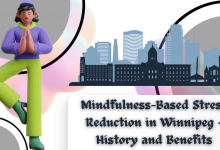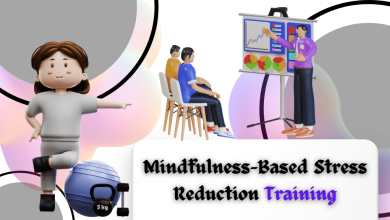What Are The 3 Qualities Of Mindfulness? – Quick Answer
Mindfulness is a mental state that involves being present and fully engaged in the current moment, without judgment or distraction.
It is an important practice that can help individuals improve their mental and physical well-being.
The 3 Qualities Of Mindfulness
The three qualities of mindfulness are present-moment awareness, non-judgmental acceptance, and open curiosity.
Let’s provide more detailed information on these qualities
1. Present-Moment Awareness
The first quality of mindfulness is present-moment awareness.
This involves being fully engaged in the current moment, without being distracted by thoughts, worries, or concerns about the past or future.
When we are present at the moment, we can fully experience and appreciate the world around us.
We can also become more aware of our thoughts, emotions, and physical sensations, which can help us better understand ourselves and our experiences.
Example
An example of present-moment awareness is mindful breathing.
During mindful breathing, individuals focus their attention on the sensations of air moving in and out of their bodies.
They observe the breath without trying to control it or change it in any way.
By focusing on breathing, individuals can become fully present in the moment and develop a greater sense of calm and relaxation.
2. Non-Judgmental Acceptance
The second quality of mindfulness is non-judgmental acceptance.
This involves accepting our thoughts, emotions, and physical sensations as they are, without judging them as good or bad.
When we judge our experiences, we can create unnecessary stress and tension in our minds and bodies.
Non-judgmental acceptance allows us to observe our experiences with a sense of openness and curiosity, rather than trying to change or control them.
Example
An example of non-judgmental acceptance is the practice of body scanning.
During a body scan, individuals focus their attention on each part of their body, observing any physical sensations without judging them as good or bad.
By accepting the physical sensations as they are, individuals can learn to develop a greater sense of self-awareness and reduce stress and tension in their bodies.
3. Open Curiosity
The third quality of mindfulness is open curiosity.
This involves approaching our experiences with a sense of curiosity and openness, rather than with preconceived notions or expectations.
When we approach our experiences with an open mind, we can learn new things about ourselves and the world around us.
This can help us become more adaptable and resilient in the face of challenges and difficulties.
Example
An example of open curiosity is the practice of mindful listening.
During mindful listening, individuals focus their attention on the sounds around them, without judging them or trying to identify them.
By approaching the sounds with a sense of curiosity and openness, individuals can learn to appreciate the richness and diversity of the world around them.
In conclusion, the three qualities of mindfulness are present-moment awareness, non-judgmental acceptance, and open curiosity.
By cultivating these qualities through mindfulness practice, individuals can develop greater self-awareness, reduce stress and tension in their minds and bodies, and become more adaptable and resilient in the face of challenges and difficulties.








